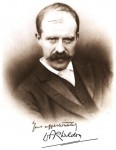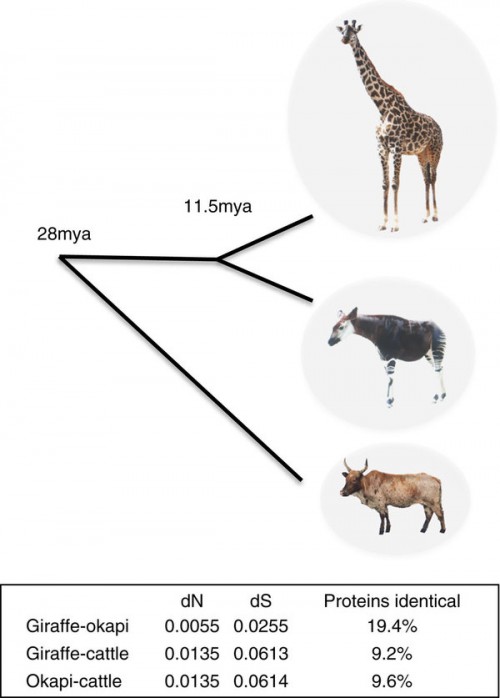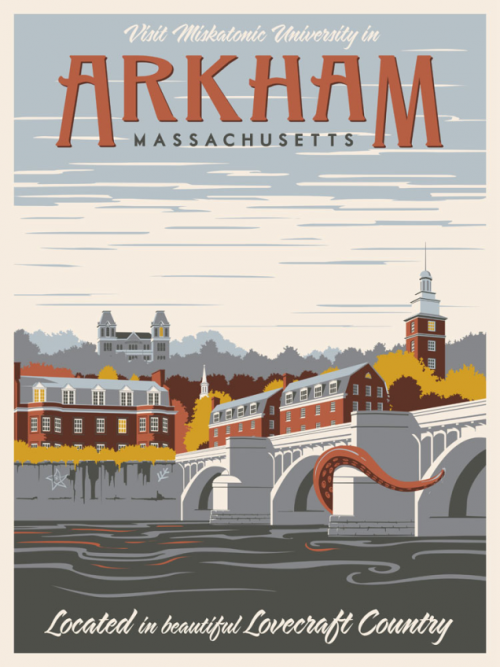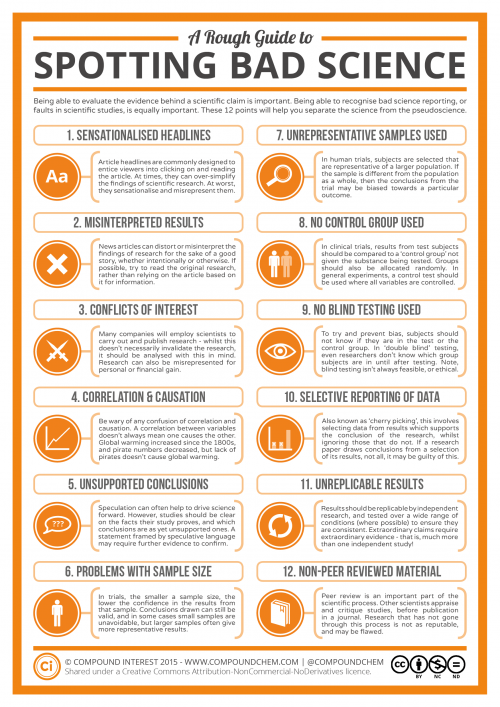Classes are over, and that means I have more time to think…about my classes. So I’m on the lookout for ideas to improve my teaching, and gosh, look, Nature has an article on better ways to teach genetics. So I read it eagerly, and was left scratching my head. It’s a short news article, so it’s a bit thin on the details of how to teach genetics the way it recommends, but I’m also confused about how this approach would be useful.
The author, Gregory Radick, advocates teaching Weldonian genetics, rather than Mendelian genetics.
In a recent two-year project, we taught university students a curriculum that was altered to reflect what genetics textbooks might be like now if biology circa 1906 had taken the Weldonian rather than the Mendelian route. These students encountered genetics as fundamentally tied to development and environment. Genes were not presented to them as what inheritance is ‘really about’, with everything else relegated to ignorable supporting roles. For example, they were taught that although genes can affect the heart directly, they also affect blood pressure, the body’s activity levels and other influential factors, themselves often influenced by non-genetic factors (such as smoking). Where in this tangle, we ask them, is a gene for heart disease? In effect, this revised curriculum seeks to take what is peripheral in the existing teaching of genetics and make it central, and to make what is central peripheral.








